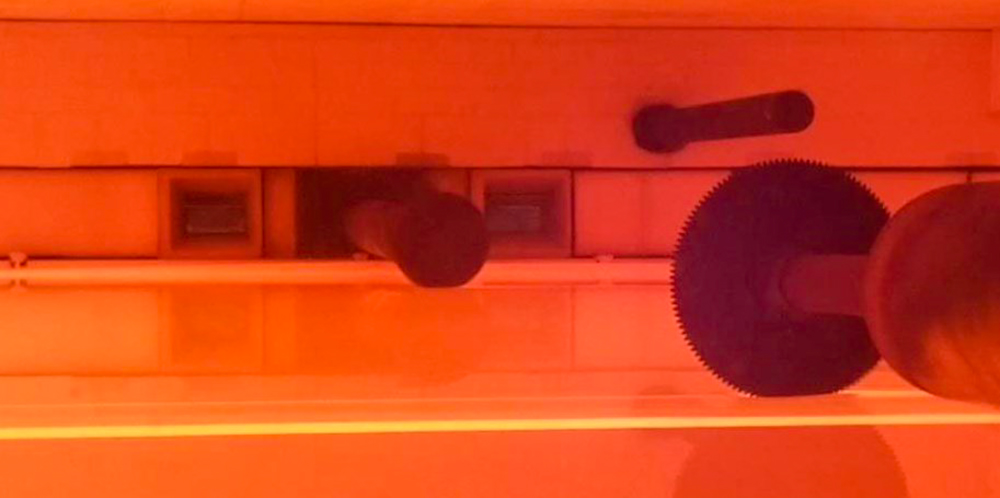Flat Glass
Generally we can divide Flat glass into three main categories as follows:
- Float Glass
- Patterned Glass
- Sheet Glass
Float glass is advanced technology of producing high quality flat glass which was developed in England by Alistair Pilkington of the Pilkington Glass Co. in the 1950s.
In the float process, a continuous strip of glass from the melting furnaces floats onto the surface of a molten metal, usually tin, at a carefully controlled temperature. The flat surface of the molten metal gives the glass a smooth, undistorted surface as it cools. After sufficient cooling, the glass becomes rigid and can be handled on rollers without damaging the surface finish.
Patterned glass is a continuous pull of molten glass passing through a pair of water cooled rolls to give it accurate thickness and some patterns to the engraved shapes on the surface of the lower roll.
Wire glasses can be produced in the same way but by passing at the same time a ribbon of the wires through the two rollers as well.
Sheet glass or plate glass are the old technologies of producing continuous flat glass but with lower quality than float glass.
Known methods for this type of productions are vertical Fourcault, Libbey – Owens or Colburn by flowing the molten glass over a weir or through a refractory slot to give it a preliminary shape and then before the glass has had time to chill, stretching it slightly to improve flatness and finally passing it through a continuous roller lehr for annealing and subsequent cooling to room temperature.
